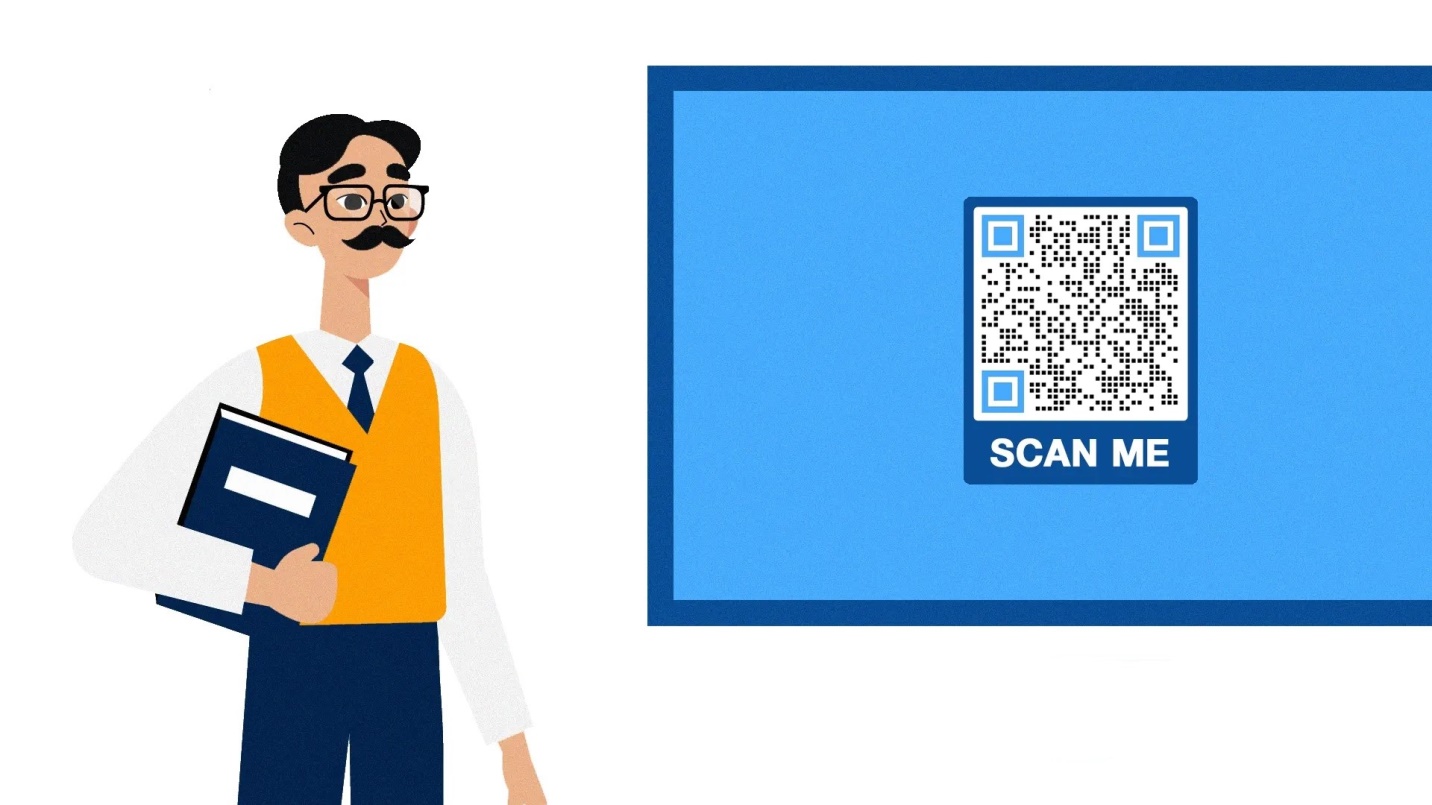With the advancement of technology in our modern world, everything becomes a whole lot easier for our educators in elevating the education system. Learning turns out to be more effective with the integration of QR codes.
As educators strive towards delivering effective and efficient learning among learners, technology emerges as one of their helping tools. Implementing QR codes in schools or educational institutions is significantly beneficial.
QR Code: A Quick View
Quick Response code is a type of matrix barcode or two-dimensional barcode first designed in 1994 for the automotive industry in Japan. The use of QR codes became popular due to its fast readability and greater storage capacity. Today, QR codes can be seen on different platforms and materials like flyers, magazines, brochures, packaging, and billboards.
In education, QR codes can be found in books, identification cards, worksheets, and many others in electronic forms.
How QR codes applied in the 21st- Century Education System?
It is undeniable how QR codes ease people’s tasks and simplify multiple tools to one which makes works faster and easier. Restructuring the 21st-Century Education system was made possible with the help of the best QR code generator. Here are four notable ways QR codes applied in education.
1. Systematic attendance checking
Manually checking attendance is harder than you thought. Aside from the hassle of calling or writing the names of the students, this requires more papers which is also prone to loss of records. So, why would school administrators and teachers stay to the manual attendance process when they can opt to use QR codes? By just simply integrating QR code into their data they can have an automated QR code checking response. Imagine how a small black and white picture transforms the attendance system into paperless and efficient record keeping.
2. Accessible Instructional materials and activity worksheets
Instead of providing students with physical reading materials and activity worksheets, teachers can just provide them a PDF QR code that links to it. Students can effortlessly access the worksheets and sent their answers directly after answering. With the use of QR codes, teachers can also upload audio and video files rather than just using a plain reading material.
The adaptation of QR code into learning materials promotes effective learning since students can just simply access them, also with added audio or video file, students will be more attentive and interactive.
3. Storage System
One of the challenges teachers and students facing today is finding a common ground for accessing and storing instructional materials. Since sources of different learning materials may vary, students spend more time in searching rather than reading the materials. There are instances as well that links provided to students may be broken. This could happen due to typographical error or could be a result of incorrect copying and pasting.
4. Additional Knowledge about QR code
To better understand a certain concept, one must experience and ability to apply it on his own. By allowing students use QR codes in schools, students can increase their knowledge about QR codes and possibly help them to succeed not only in schools but also in their lives. If anyone can see the potentials of using QR code and know how to apply it in everyday life properly, with the right resources, anyone can be successful.
Conclusion:
As the 21st century emerged, there was a massive development in different sectors. The education sector was not left untapped for this development. As adapting to the ways of making tasks with the use of technology, the education sector still able to provide efficient and effective learning for young individuals.
Hence, with the help of the best QR code generator online, integrating QR codes aid in restructuring 21st- Century Education system.
